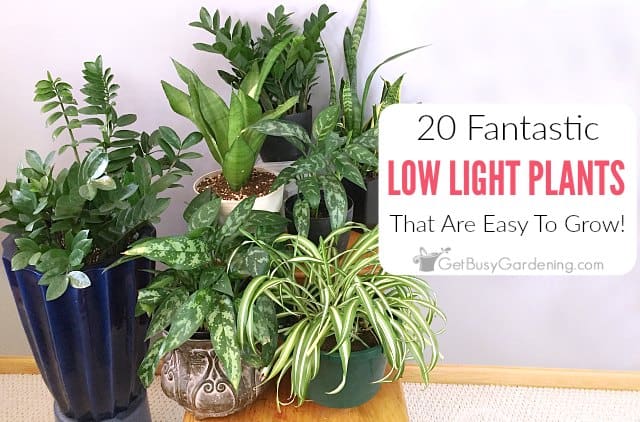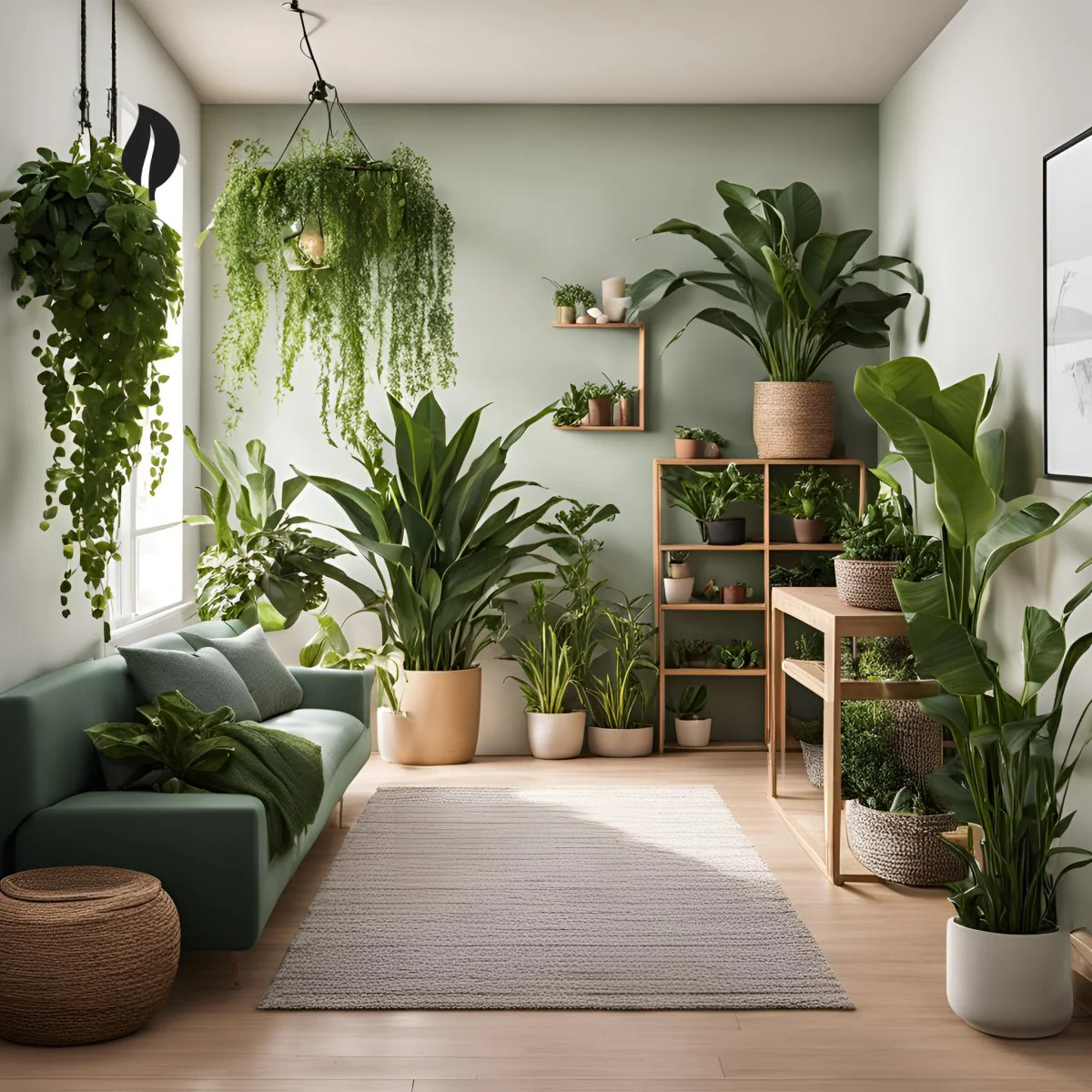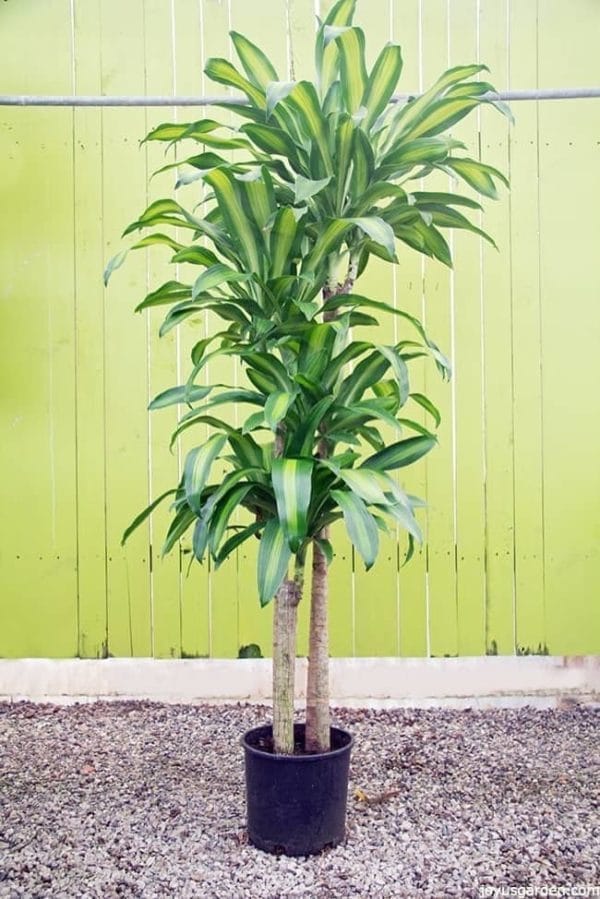Reveal the Keys of Low-Light Indoor Plants and How They Improve Your Environment
Low-light interior plants have actually gathered enhancing attention for their distinct capability to boost both aesthetic appeal and environmental high quality within homes and workplaces. These durable species, consisting of the Snake Plant and Tranquility Lily, not just thrive in tough lighting conditions yet additionally play a critical role in air purification and emotional health. Comprehending the details benefits and care requirements of these plants can considerably affect your home. As we discover the details of their advantages, you might uncover understandings that can change your surroundings in unanticipated ways.
Advantages of Low-Light Indoor Plants
Although numerous individuals presume that interior plants require abundant sunlight to thrive, low-light indoor plants offer a wide variety of benefits that make them suitable for various environments. One of the primary benefits is their flexibility; they can prosper in spaces with limited natural light, such as offices, basements, or rooms with tiny windows. This function permits individuals to boost their environments with greenery, adding to boosted aesthetic appeals without the need for considerable lighting modifications.
In addition, low-light interior plants can dramatically improve interior air high quality by filtering system dangerous toxic substances and releasing oxygen, making living spaces healthier. The presence of plants has been connected to better sensations of harmony and focus.
In addition, low-light plants commonly call for less maintenance than their sun-loving counterparts, making them excellent for hectic people or those brand-new to horticulture. Their resilience allows them to prosper with marginal treatment, therefore providing a gratifying experience for plant fanatics and beginners alike. In summary, low-light interior plants serve both practical and aesthetic functions, making them valuable additions to any space.
Top Low-Light Plant Varieties
Low-light interior plants come in a variety of species, each offering special qualities and advantages fit for dim atmospheres. Amongst one of the most preferred ranges is the Serpent Plant (Sansevieria), understood for its architectural fallen leaves and air-purifying capabilities. This durable plant thrives on forget and can endure a vast array of light conditions.
Another excellent option is the ZZ Plant (Zamioculcas zamiifolia), which includes shiny, dark green fallen leaves and is very drought-tolerant. Its versatility makes it a favorite for workplaces and homes with restricted sunlight.
The Pothos (Epipremnum aureum) is additionally a leading competitor, with its tracking vines and heart-shaped leaves - Best low-light indoor plants. This versatile plant can be educated to climb up or cascade, including aesthetic interest to any room

Care Tips for Low-Light Plants
Looking after low-light interior plants calls for a nuanced understanding of their particular needs to make sure ideal growth and vigor. It is crucial to select the appropriate potting mix, as a well-draining soil is vital to prevent root rot. A mix designed for houseplants, typically including peat moss and perlite, works well for the majority of low-light selections.
Watering is another key element of treatment. Low-light plants generally need much less regular watering compared to their sun-loving equivalents. It is a good idea to check the top inch of soil; if it really feels completely dry, it's time to water. Overwatering can bring about issues such as mold and mildew and root decay.
Fertilizing ought to be come close to with caution. Throughout the expanding season, a watered down liquid plant food can be applied monthly, yet in wintertime months, several low-light plants get in dormancy and need little to no fertilization.
Finally, it is necessary to periodically cleanse the leaves to get rid of dirt, enabling better light absorption. By adhering to these treatment suggestions, you can grow a growing atmosphere for your low-light interior plants, enhancing both their look and longevity.
Enhancing Air Top Quality With Plants
Interior plants play a significant role in improving air high quality within homes and office rooms. With the process of photosynthesis, these plants soak up co2 and launch oxygen, adding to a much healthier ambience. Additionally, particular low-light interior plants have the capability to filter harmful pollutants, such as trichloroethylene, benzene, and formaldehyde, which are frequently discovered in indoor atmospheres.

Furthermore, the existence of interior plants can enhance moisture levels, which helps minimize completely dry skin and breathing concerns, even more boosting overall wellness. This capacity to improve air top quality not only advertises physical health and wellness but also supports mental health.
Incorporating low-light indoor plants right into your living and functioning spaces can cause an extra dynamic and stimulating atmosphere (Best low-light indoor plants). Buying these all-natural air purifiers is a simple yet reliable strategy for improving interior air quality and fostering a much healthier lifestyle
Producing a Tranquil Indoor Area
The integration of plants right into living spaces not just boosts air top quality however also adds to a peaceful atmosphere. Low-light indoor plants, such as snake plants and pothos, are especially reliable in developing a serene atmosphere, as they grow in problems that might or else be inhospitable for other plant. Their lavish foliage gives a calming aesthetic, reducing tension and advertising relaxation.
Integrating these plants right into your office or home can stimulate a sense of tranquility and well-being. Strategically positioning them in areas where you spend considerable time, my link such as living spaces or work spaces, enables an immersive experience with nature, which has actually been revealed to enhance mood and cognitive feature.
Moreover, the mild motion of leaves in response to airflow can develop a vibrant visual component that boosts the general atmosphere. Think about making use of a selection of plant elevations and appearances to add depth and rate of interest to your room. With thoughtful positioning and treatment, low-light interior plants can change any kind of location right into a tranquil refuge, promoting not only aesthetic satisfaction however emotional and likewise emotional wellness.

Verdict
Incorporating low-light indoor plants into different atmospheres returns substantial advantages, consisting of boosted air quality and improved visual allure. The check transformative power of low-light plants underscores their value in enhancing both property and occupational setups.
Although several individuals presume that indoor plants require bountiful sunshine to flourish, low-light indoor plants use a wide variety of benefits that make them suitable for different environments.Furthermore, low-light indoor plants can significantly enhance indoor air top quality by launching and filtering hazardous contaminants oxygen, making living areas healthier. Additionally, particular low-light interior plants possess the capacity to filter hazardous pollutants, such as formaldehyde, trichloroethylene, and benzene, which are frequently found in interior atmospheres.
Low-light interior plants, such as serpent plants and pothos, are especially efficient in producing a serene setting, as they prosper look at here now in problems that may otherwise be unwelcoming for various other greenery.Including low-light interior plants right into various atmospheres yields considerable benefits, including enhanced air top quality and boosted visual appeal.